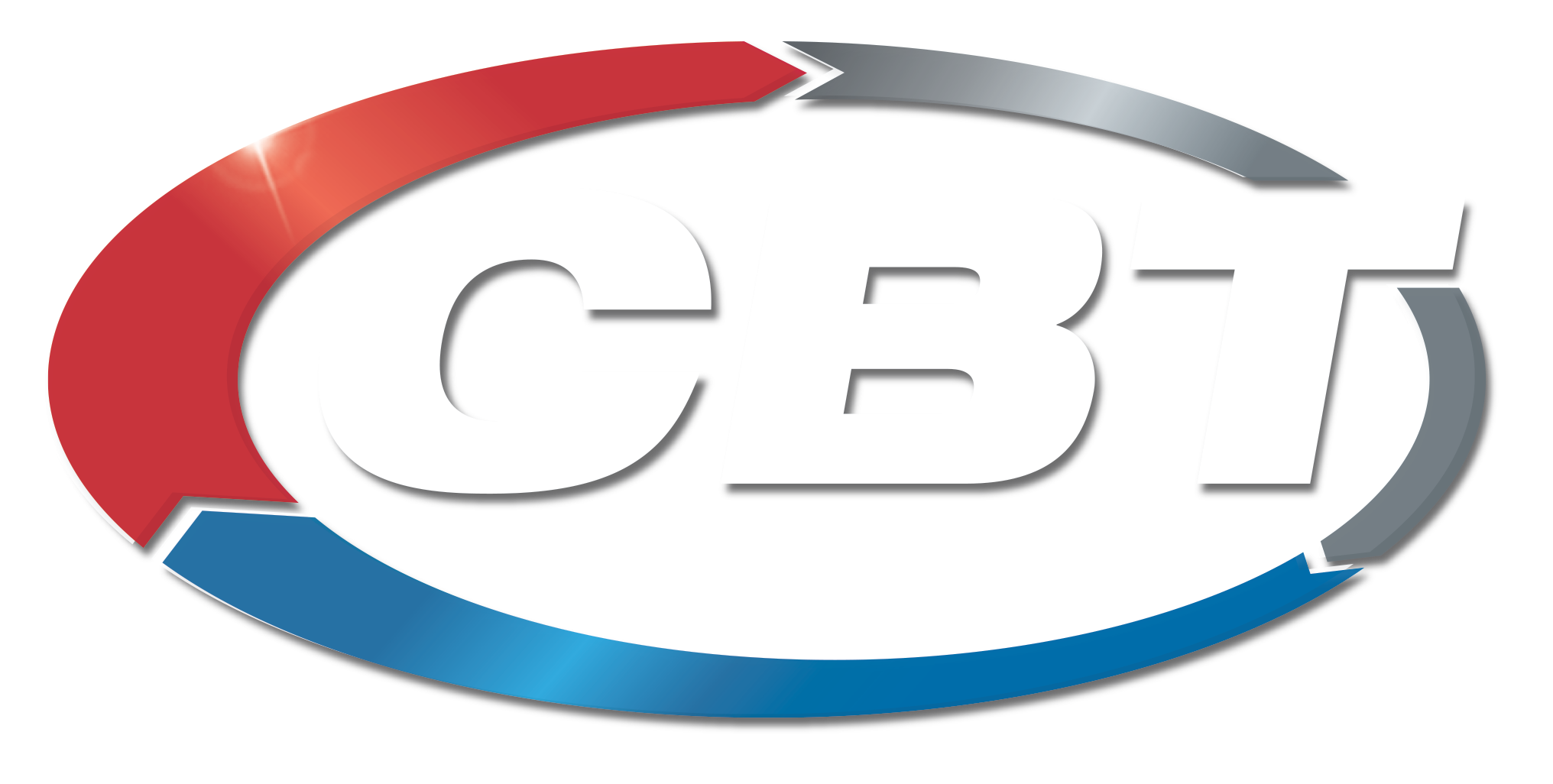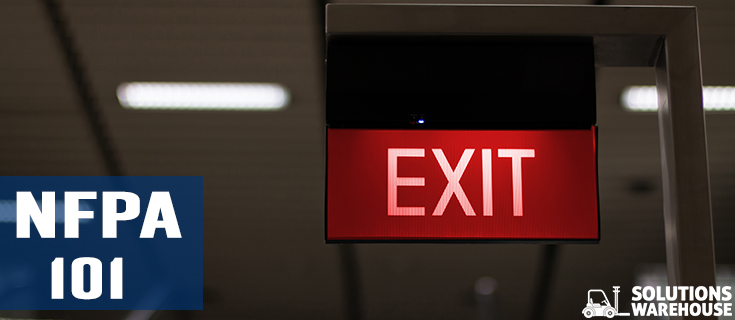Even though lighting consultants typically exclude the design of emergency lighting holistically from their scope of services, unless all of the walking surfaces (stairs, aisles, corridors, ramps, escalators, passageways, exits, and/or exit discharges) that make up the means of egress are out of scope, a lighting design is incomplete without at least some consideration of the building code’s requirements on this topic. 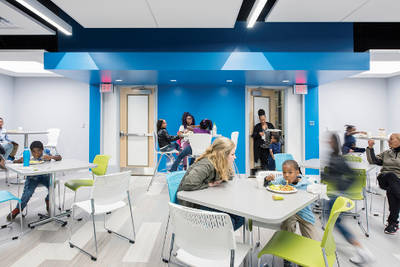 The most widely used building codes in effect today are NFPA 101: Life Safety Code and International Building Code (IBC), and both codes have specific requirements regarding emergency illumination. The following includes ten highlights of these codes’ emergency illumination chapters (NFPA 101 chapters 7.8, 7.9, and 7.10 and IBC Chapter 10, sections 1008 and 1013). While the NFPA is the more detailed code, many of the provisions are mirrored in the more concise language of the IBC. The following are excerpts and references from NFPA 101:
The most widely used building codes in effect today are NFPA 101: Life Safety Code and International Building Code (IBC), and both codes have specific requirements regarding emergency illumination. The following includes ten highlights of these codes’ emergency illumination chapters (NFPA 101 chapters 7.8, 7.9, and 7.10 and IBC Chapter 10, sections 1008 and 1013). While the NFPA is the more detailed code, many of the provisions are mirrored in the more concise language of the IBC. The following are excerpts and references from NFPA 101:
1. NFPA 101 7.8.1.1 states that exit access shall include only designated stairs, aisles, corridors, ramps, escalators, and passageways leading to an exit. For the purposes of this requirement, exit discharge shall include only designated stairs, aisles, corridors, ramps, escalators, walkways, and exit passageways leading to a public way. (The exit access, exit discharge, and exit make up the “means of egress,” both in the IBC and the NFPA code. Similar definitions for IBC means of egress are found in IBC Ch. 2-202). 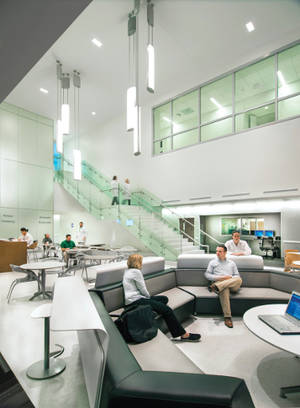
2. NFPA 101 7.8.1.2.2 states that automatic, motion sensor–type lighting switches shall be permitted within the means of egress, provided that the switch controllers are equipped for fail-safe operation, the illumination timers are set for a minimum 15-minute duration, and the motion sensor is activated by any occupant movement in the area served by the lighting units. (IBC Chapter. 10-1008.2 requires continuous illumination of the means of egress with exceptions for a few special occupancy types.)
3. NFPA 101 7.8.1.3 (1) states that during conditions of stair use, the minimum illumination for new stairs shall be at least 10 fc (108 lux), measured at the walking surfaces. (Not every stair in a building might be in the path of egress, but those that are have to be lit to 10 fc—minimum—everywhere you walk when designing to NFPA 101. The project’s lighting design should take this into account for illuminance criteria in egress stairs. The IBC does not make a distinction between the stairs and other paths of egress.)
4. Per NFPA 101 7.8.1.3 (2) and IBC Ch. 10-1008.2.1, the floors and other walking surfaces within an exit and within the portions of the exit access and exit discharge shall be illuminated to minimum illuminance values of at least 1 fc (10.8 lux per NFPA, 11 lux per IBC), measured at the floor. (Note that this is a minimum footcandle level that’s required during normal operation—not necessarily in an emergency situation—as described in NFPA 101’s Section 7.9 and IBC’s Ch. 10- 1008.3.5. This minimum illuminance level should become part of the lighting design criteria for all floors and walking surfaces in areas designated as elements in the means of egress.) 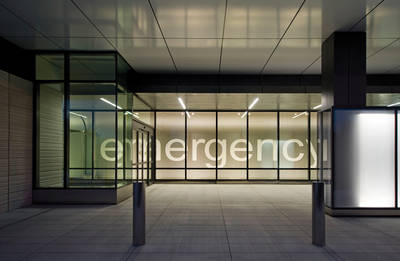
5. As an exception to IBC CH-10-1008.2.1 and under NFPA 101 7.8.1.3 (3), the illumination of the walking surfaces of exit access in assembly occupancies shall be at least 0.2 fc (2.2 lux) during periods of performances or projections involving directed light; or under IBC, use self-luminous materials to delineate steps, landings, and the sides of ramps. (Another consideration that should be accommodated by the lighting design for projects with these space types.) IBC further stipulates that the required illumination is automatically restored upon activation of a premises’ fire alarm system where such system is provided.
Stay tuned to our blog for part two of this article coming next week! If you’d like more information on lighting regulations, or selecting the ideal lighting solution for your application, contact your CBT specialist today!






